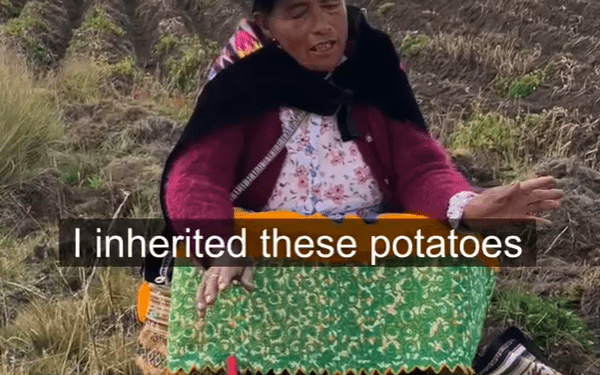A Farmer’s Collaboration with the International Potato Center (CIP) to Safeguard Genetic Diversity
For over 35 years, Espírita Guerrero Romero has been a guardian of potato diversity in the Peruvian Andes, a region renowned for its rich agricultural heritage. Her efforts, in collaboration with the International Potato Center (CIP), have led to the preservation of over 420 potato varieties. This remarkable achievement is not only a testament to traditional farming practices but also highlights the critical role of biodiversity in the face of a changing climate.
Espírita’s unique approach to potato cultivation involves planting her potatoes “in ‘chaqru”, a Quechua term meaning “in a mixed assortment.” This technique involves growing several different varieties side by side. This ancient method is crucial for protecting crops from unpredictable climate conditions and diseases, ensuring that even in challenging years, some varieties will thrive.
The CIP, part of the CGIAR network, operates one of the world’s largest potato genebanks, conserving nearly 5,000 types of potatoes. These collections serve as a vital resource for farmers and scientists worldwide, enabling research, breeding programs, and the safeguarding of genetic diversity. The collaboration between small-scale farmers like Espírita and international research organizations is essential for ensuring food security in an era of climate change.
Preserving potato biodiversity is not just about safeguarding the past but about securing the future of global food systems. As climate patterns shift and new agricultural challenges emerge, the genetic diversity conserved in these genebanks offers a critical tool for developing more resilient crops.








